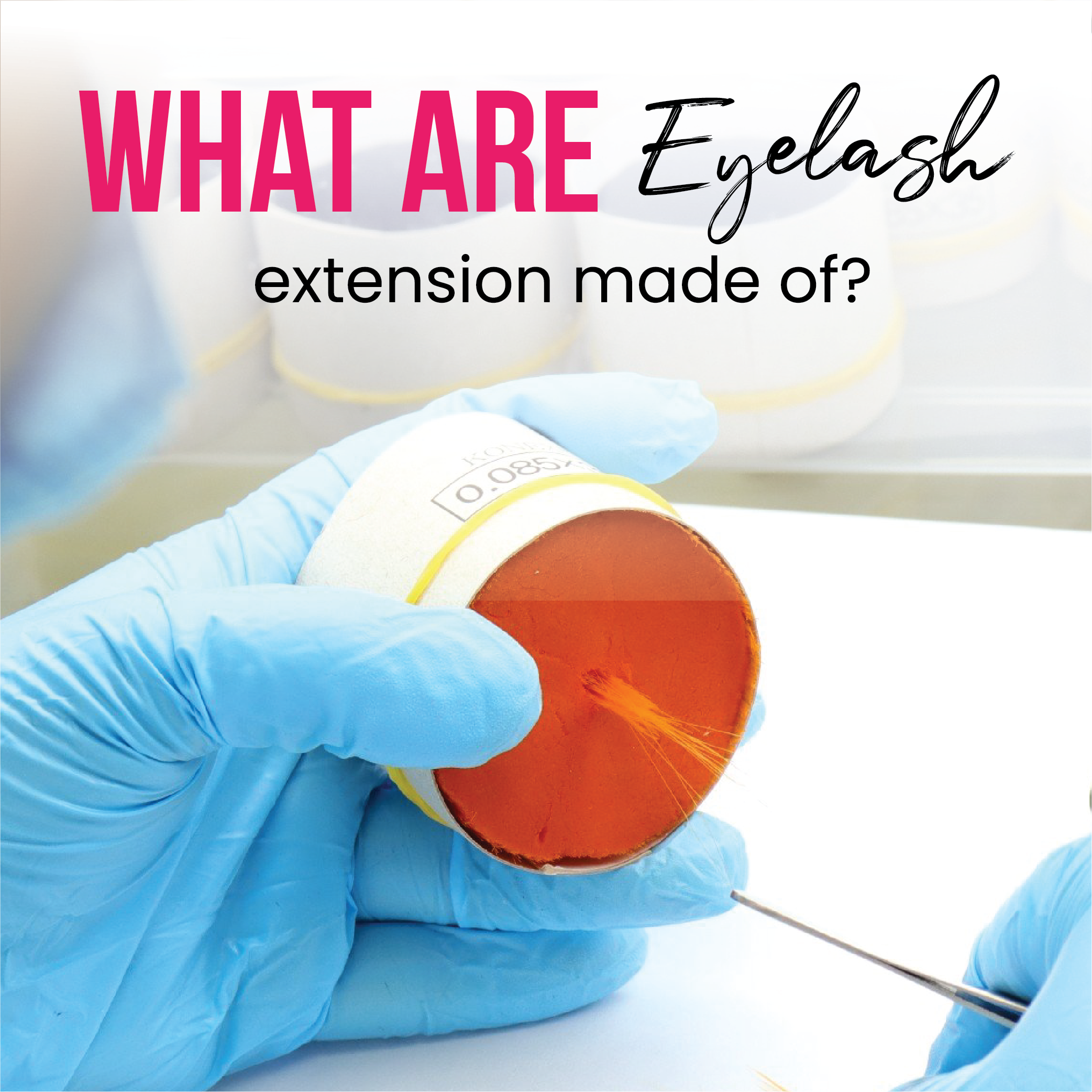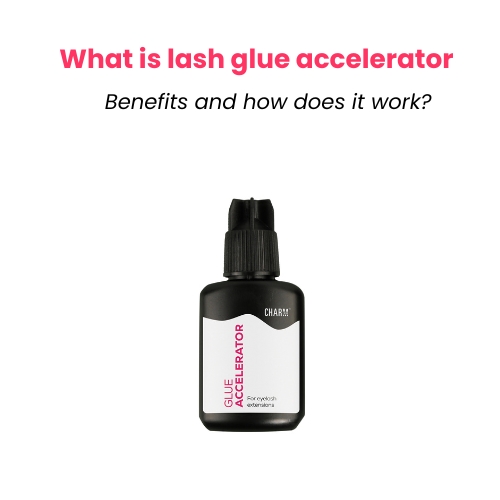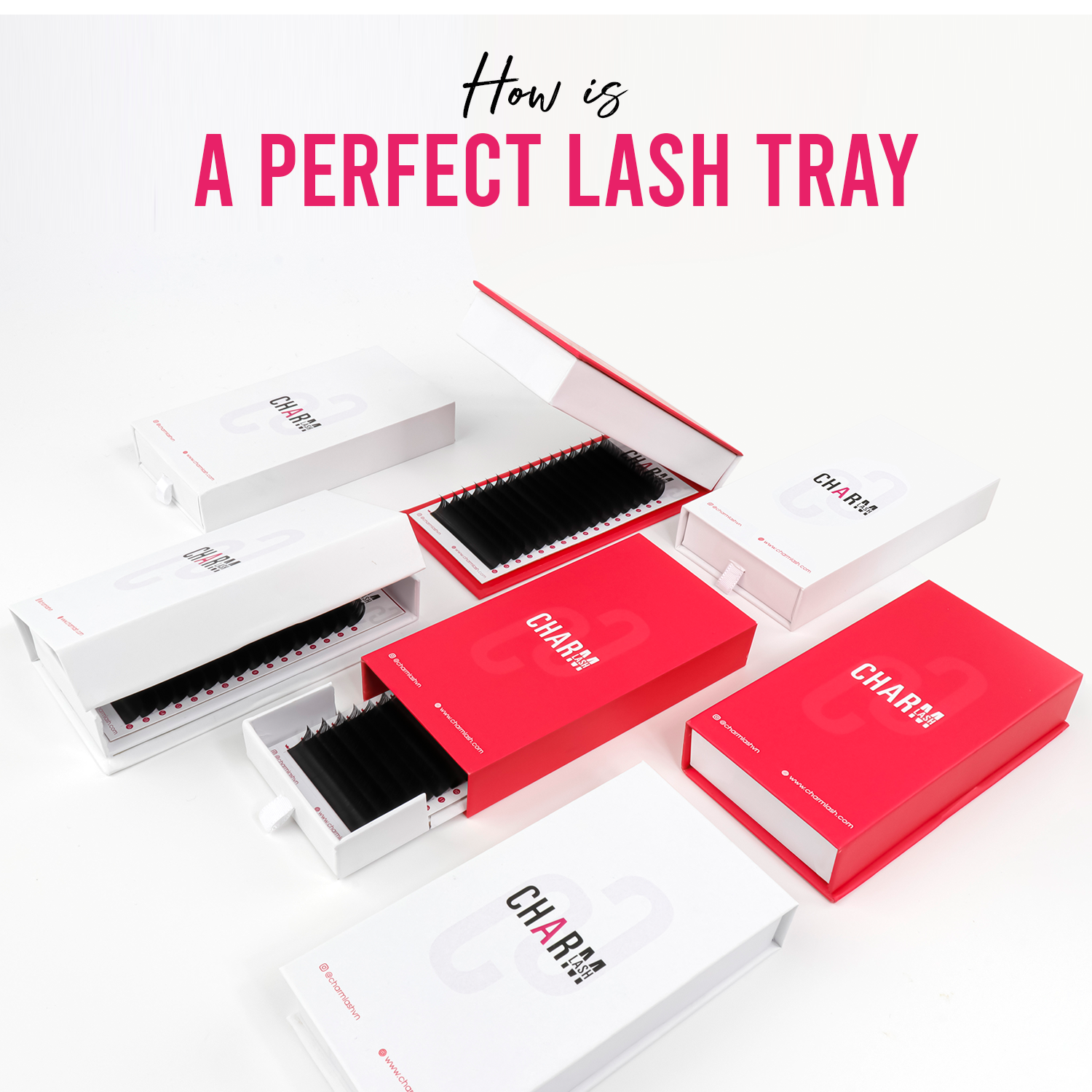Eyelash extension adhesive allergy is a real concern for both lash artists and clients. However, some steps can be taken to prevent and treat allergic reactions. By following the helpful information below, lash artists and clients can reduce the risk of eyelash extension adhesive allergy.
Eyelash Extension Adhesive Allergy and How Common it is
An eyelash extension adhesive allergy occurs when the skin reacts with the chemicals of lash adhesive used to apply eyelash extensions. It brings annoyance to clients and even leads to severe skin problems. Eyelash glue allergy is estimated to occur below 1% of clients who apply lash extensions.
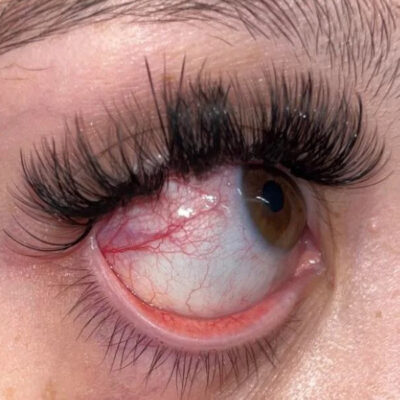
More about allergic to lash glue: All about allergy to lash glue
Main Cause of Eyelash Extension Adhesive Allergy
In most cases, the reaction to the chemicals in the glue causes eyelash extension adhesive allergy. The main factor causing allergy is Cyanoacrylate, which is also used in various products. It is the adhesive’s bonding agent and accounts for about 90% of the composition of most eyelash adhesives.
Allergy usually happens to clients with sensitive skin. However, some clients, who had never had reactions to Cyanoacrylate before, were still allergic.
There is a wrong assumption among clients about lash adhesives containing Cyanoacrylate that they are toxic. The fact is that all lash adhesives in the market include Cyanoacrylate and many reports have proved that they are safe for use.
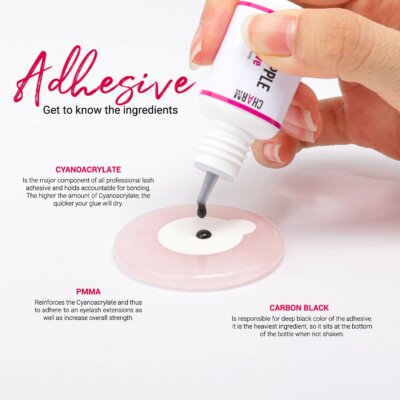
Symptoms of Eyelash Extension Adhesive Allergy
The symptoms of an eyelash extension adhesive allergy can vary from person to person, but some of the most common symptoms include:
- Tearing
- Irritation
- Redness
- Itchiness
- Swelling
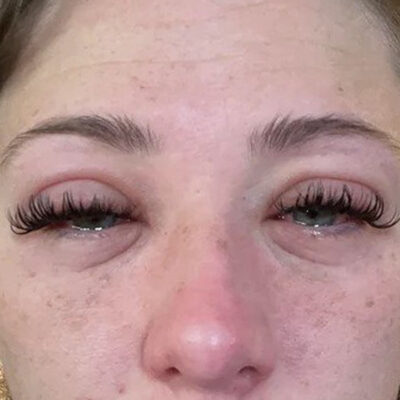
In some cases, more severe symptoms such as hives, blisters, and difficulty breathing can occur.
Tips for Lash artists to Prevent Eyelash Extension Adhesive Allergy
Lash artists must know the following tips to prevent eyelash extension adhesive allergy for their clients.
Use high-quality, hypoallergenic lash adhesive
Nowadays, there have been no non-cyanoacrylate lash adhesives in the market. However, some skillful manufacturers tried to reduce the amount of this chemical and they succeeded. That is how hypoallergenic lash adhesive appears!

Hypoallergenic lash adhesives are designed to minimize the risk of irritation and allergy. They are generally safer, more gentle and suitable for sensitive clients. Lash artists should consider using these hypoallergenic lash adhesives instead of other ordinary ones.
Work in a well-ventilated area
The excess fumes of Cyanoacrylate can irritate the client’s eyes and skin. Therefore, lash artists should work in a well-ventilated area to reduce exposure to fumes for clients.
Avoid getting adhesive on the client’s skin.
Avoiding direct contact with lash glue is one noticeable thing for all lash artists. Lash artists should be careful to avoid getting adhesive on the client’s skin and eyes. If the adhesive does get on the skin, the lash artist should remove it immediately and check if there is any symptom of allergy happening to clients.
Use a bonder after the application process
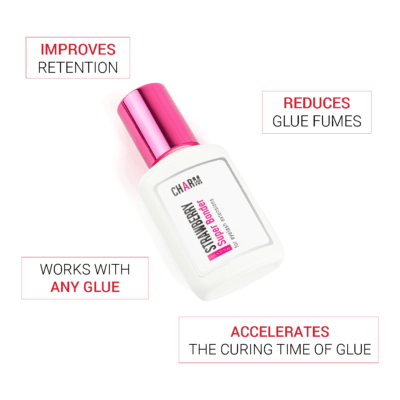
Lash artists use bonders as the final step of lash application. Besides the advantage of fasting the drying and curing time, lash bonder also helps eliminate the excess fume, which is one factor causing eyelash extension adhesive allergy for clients.
Tips for Clients to Prevent Eyelash Extension Adhesive Allergy
Most clients are unaware of these helpful tips as they are not professional. Lash artists should inform them to help them prevent eyelash allergy by themselves.
Get a patch test before getting eyelash extensions
A patch test is a small amount of adhesive that is applied to the skin to see if there is a reaction. If a client is concerned about developing an allergic reaction or used to be allergic before, lash artists can advise them for a patch test.

Tell their lash artist if they have any allergies or sensitivities
Clients should tell their lash artist about any allergies or sensitivities they have, including allergies to Cyanoacrylate or other chemicals. If clients hesitate to tell the truth, lash artists can inform them about the symptoms of eyelash extension adhesive allergy.
Keep their lashes clean and oil-free
Oil and dirt can build up on the lashes. They make them more likely to become irritated by adhesive because clients with vulnerable eyes tend to have eyelash extension allergies more easily. Therefore, they should clean their lashes regularly with a gentle lash foam cleanser. Lash artists should provide clients with helpful tips and guidelines for cleaning lash extensions daily at home.

Treating Reactions of Eyelash Extension Adhesive Allergy
If a client experiences an allergic reaction to eyelash extension adhesive, lash artists and clients can take the following steps:
- Remove the eyelash extensions immediately
- Apply a cold compress to the affected area to reduce swelling and inflammation
- Seek medical attention if symptoms are severe
Conclusion
The most effective way to prevent eyelash extension adhesive allergy is to use hypoallergenic lash glue. With a non-toxic composition, this gentle type of glue suits almost all clients.

Our Charmlash eyelash adhesive is vegan and hypoallergenic with safe ingredients, which reduces the risk of eyelash allergy for clients. Check out our Charmlash Glue Category for a variety of hypoallergenic adhesives with different scents and drying times.
YOU MAY ASLO LIKE:
Red eyes after lash extensions and how to treat it
The reasons why you suddenly get lash extension allergy and how to combat it















